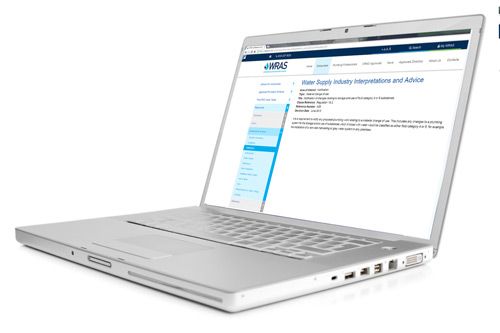

When installing or replacing parts of plumbing systems, installers must comply with the requirements of the Water Supply (Water Fittings) Regulations and Byelaws, to protect drinking water supplies. In most situations, advanced notification must be made to the local water supplier. This helps installers ensure the proposed work meets legal requirements. In most situations notification applies to non-household installations. However there are a few exceptions such as large baths, shower type bidets, shallow or overly deep laid water pipes to name a few, which would apply to all property types.
Less understood is what is meant by the notification requirement of a ‘material change of use’. Most people will associate this with a physical change in the use of the property. Commonly this could be changing a pub into a home; or a home into offices, for example. However the Water Fittings Regulations also include a lesser known requirement regarding the storage and use of fluids. Specifically, this relates to fluids which if mixed with water could create a category four or five fluid. These pose a ‘significant’ or ‘serious’ risk to health, respectively.
What does this mean in practice?
The recent Regulation Interpretation (N05) aims to clarify changes within any premises where high risk fluids are to be stored or used.
Proposing to install rainwater harvesting or greywater systems in any property supplied with mains water is classed as a ‘material change of use’. Where this could catch installers or users out is when the change applies to a residential property, where prior notification for alterations is not normally required.
Water suppliers often find these systems are installed incorrectly and therefore prior notification is required.
